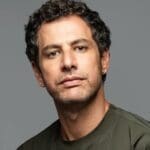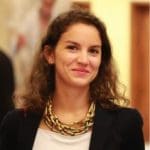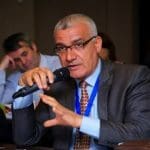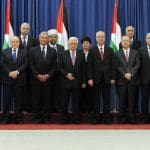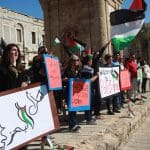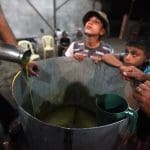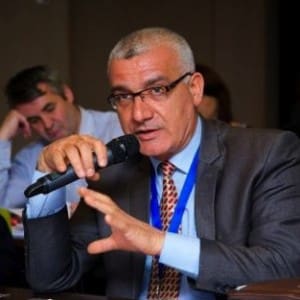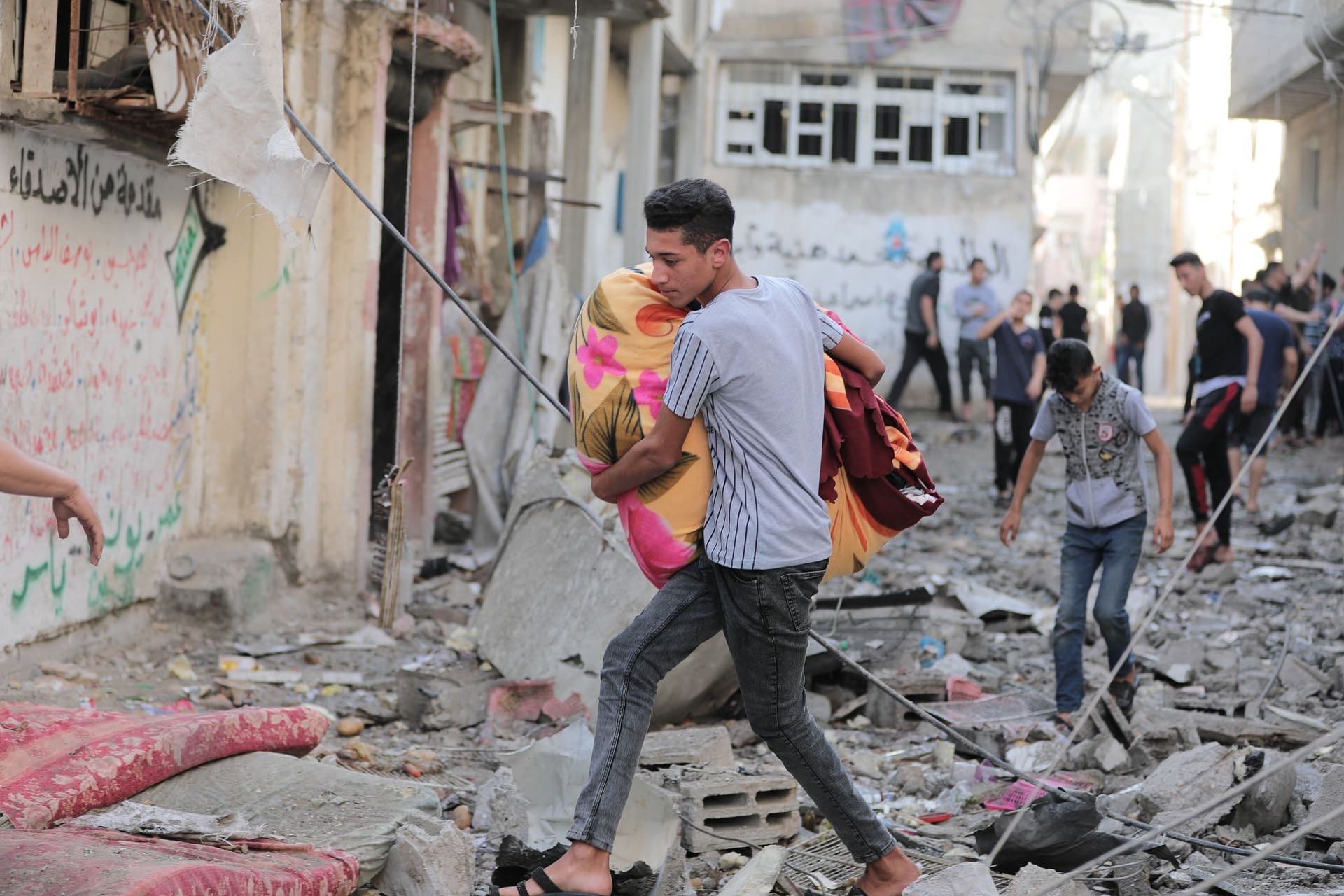
Overview
As shocking as the horrors of the war that Israel unleashed on the Gaza Strip from July 7 have been, the extent of the damage may turn out to be even more appalling. A donor conference for Gaza is planned for September in Norway, but if donors and the Ramallah-based Palestinian Authority adopt the same approach to reconstruction that they followed after the past two wars, Gaza’s suffering will continue unabated. In this policy brief, Al-Shabaka Policy Advisor Omar Shaban describes the extent of the destruction and explains why reconstruction will be much harder this time around. He sets out the mistakes that were made in previous donor appeals and reconstruction efforts and argues that these can – and must – be avoided.1
Why This War Is So Much Worse
The Gaza Strip – one of the most densely populated places on earth – has been subjected to three wars in just seven years. However, the third war has turned out to be worse than the previous two: Israel’s brutal 22-day assault in 2008-2009 and its eight-day attack in 2012, horrific as they were, and I speak from personal experience as someone who has managed to survive them. By August 10 in the current war, Israel’s air, land, and sea assaults had killed 1,914 and injured 9,861 Palestinians according to the Palestinian Ministry of Health, compared to some 1,400 killed in 2008-2009. The United Nations estimated that to date 73% of the dead killed in the present attack have been civilians, including 448 children. Many of the injured have sustained severe injuries and will not completely recover, rendering them fully or partially disabled.
But this war is worse not only because the death toll is higher; it is worse because this time it will be much harder to rebuild. The destruction is cumulative: It comes on top of the damage from Israel’s two previous wars on Gaza, much of which remains unaddressed. To take just one example: 500 families are still waiting for the rebuilding of their demolished homes. In addition, much of the significant damage to infrastructure and water wells has not been repaired. The 2008-2009 war alone is estimated to have caused around $1.7 billion worth of material damage to farms, factories, public facilities, government buildings, roads, electricity and water grids, sewage systems, and phone networks.
It is also more severe this time because Gaza is facing its worst economic, political, and social conditions in decades. The blockade Israel imposed against the Gaza Strip in June 2007 was only slightly eased in early June 2010. Shortly after its deadly attack on the Gaza Freedom Flotilla on May 31, 2010, international pressure forced the Benjamin Netanyahu government to increase the number and volume of goods allowed into the coastal strip.
Furthermore, the ongoing Egyptian effort to destroy the tunnels, which began during Egyptian President Mohammed Morsi’s government and significantly accelerated after the president’s overthrow, has deprived the Hamas authorities in Gaza of a vital source of income and supply of raw materials as well as intermediate and final goods. This situation made it extremely difficult for the Hamas government to pay the salaries of its 50,000 employees, most of whom have gone unpaid for several months now.
Likewise, despite signing the April 23, 2014 reconciliation agreement, the newly formed national unity government has accomplished very little in terms of addressing Gaza’s immediate needs. For example, it has failed to pay the salaries of public servants on Hamas’ payroll, putting the unity government on even shakier ground in the midst of a worsening crisis. This is largely due to Israel’s refusal to recognize it or allow its members to move freely between the Gaza Strip and the West Bank.
A Preliminary Assessment of the Damage
The extent of 2014’s summer destruction can be gauged from the following preliminary estimates, which were calculated on 11 August. They indicate that:
- Eight thousand eight hundred homes have been destroyed beyond repair and 7,900 have been partially destroyed and are uninhabitable. Entire residential neighborhoods have been demolished, especially in the border areas of Shuja‘iyah in eastern Gaza City, Beit Hanoun and Beit Lahiya in northern Gaza, and Khuza‘a, Abasan, and Rafah in the southeast of the Gaza Strip.
- Many of the estimated 475,000 people who were forced to leave their homes and take refuge in United Nations Refugee and Works Agency (UNRWA) and government schools as well as in public parks and churches will not be able to return to their homes, as they have been rendered uninhabitable. These people have lost not only their homes but also all their possessions, including furniture, clothes, cars, and official documents.
- Tanks containing 300,000 liters of industrial fuel allocated for the sole power generation station in the Gaza Strip were destroyed and the power plant knocked out. Without power, food supplies spoil, the water supply to households is interrupted, sewage cannot be treated, and hospitals are forced to rely on uncertain generators. Moreover, eight of the 10 power lines originating in Israel and feeding the Gaza Strip were severed, bringing down the power supply imported from Israel from 120 Megawatts (MW) to less than 30 MW.2
- The extensive damage that has been done to infrastructure, including roads, electric and water grids, and sewage networks, has yet to be estimated. And dozens of water wells and sewage plants have been destroyed, posing a potential environmental and health disaster.
- Dozens of factories and commercial establishments have been destroyed, including stores, fuel stations, and ready-mix concrete plants in the border region and in the industrial zone of Beit Hanoun. Israeli military forces have bulldozed thousands of dunums of cultivated land and greenhouses in the border areas under the pretext of targeting tunnels.3
- Based on preliminary reports, many government institutions have also been hit, including the ministries of finance, interior, and religious endowments (awqaf) as well as the General Personnel Council, in addition to dozens of mosques. In the process, official documents and records, difficult or impossible to retrieve, were destroyed.4
A full assessment is certain to reveal a much higher magnitude of devastation. The efforts to address the consequences of this war may face almost insurmountable obstacles.
Avoiding the Mistakes of the Past
The nature, extent, and effectiveness of the reconstruction efforts will hinge on the terms of a ceasefire agreement. These could range from Israel’s unilateral halt of its military operations as it did in 2008-2009 to a renewal of the ceasefire agreement concluded in November 2012 that stipulated lifting the blockade, eliminating the buffer zone on the Gaza–Israel border, and extending the fishing area from three to six miles, with the agreement of both parties to cease the hostilities. The Israeli government partially implemented these terms for a limited time. The third and best scenario is of course for the war to end, Israel’s recognition of the Palestinian unity government, and a complete lifting of the blockade preparatory to negotiating a just and comprehensive peace.
Many questions are raised during international reconstruction efforts after conflict as they move from relief to early recovery to comprehensive and sustainable development. For example, should efforts focus on reconstruction and renovation or on building and development? In post-World War II Japan, for instance, the question was: Do we focus on mending what the war destroyed or on building new foundations? The right approach lies in successfully combining the two. But beyond international experience there are specific lessons to learn from past efforts in Gaza, especially given that they have not been successful in putting Gaza back on its feet, and that is putting it mildly.
The biggest error that donors made in the past was to exclude Gaza-based representatives, including Hamas itself, in the reconstruction effort. This was the case during the Sharm al-Sheikh donor conference held in March 2009 to rebuild Gaza after Israel’s 2008-2009 assault. Representatives from 70 states and 16 regional organizations attended, but institutions from Gaza, including the Hamas leadership, were nowhere to be seen. Furthermore, the fact that the plan was presented only in English (Arabic was available only months later) underscored the low importance the Palestinian Authority (PA) gave to the participation of national civil society and academic and other institutions.
At that conference, former Prime Minister Salam Fayyad presented a $2.8 billion plan but more than half of it (52%) was allocated to support the PA’s budget and reduce its deficit. In fact, $4.48 billion in pledges were made – 167% more than the PA had requested – a rare event in donor history. But the dire situation in Gaza today, in which infrastructure and people still suffer from the damage inflicted in that war, raises questions as to what proportion of the funds was ever received and if so, how and where were they disbursed. In fact, to this day, no comprehensive account exists that provides this information. Those truly committed to the genuine and long-lasting reconstruction of Gaza today must ask these questions in the current climate, lest history repeats itself.
Even if Hamas does not attend the donors conference planned for September in Norway – and it is not expecting to be invited, according to reliable sources – there are other institutions and voices from Gaza that could participate. Nevertheless, Hamas will probably be very willing to provide all the information that the PA needs to supervise the reconstruction process because it is in the interest of Hamas to do so. At the same time, Hamas wants to be kept informed and involved, even though it will likely take a back seat, so that it can ensure that reconstruction is done properly. It is also, of course, keen to show the population of Gaza that it is part of the process and to continue to rehabilitate its popularity.
Urgent Relief and Development Needs
In terms of the immediate relief of the population, the most urgent needs are as follows:
- Repair the water and electricity grids to ensure that Gaza residents, particularly those most affected, have access to safe water in order to prevent the serious public health repercussions stemming from the shortage of drinking water.
- Repair the power lines carrying electricity from Israel and seek to increase the current imports of 120MW in order to make up the shortage owing to the stoppage in the local power plant and to meet the anticipated needs.
- Import and locally manufacture prefabricated shelters offering minimum basic services to accommodate the thousands of families who lost their homes in the war and to boost the economy. This effort should include cash assistance to some of these families to rent residential units in the Gaza Strip in order to ease the social and political pressure that may build up if they remain without proper shelter.
- Support the health sector to treat the thousands of people wounded during the war. Given how many health facilities were partially or totally destroyed, field hospitals and assistance from abroad will be needed. Special attention will need to be paid to people with disabilities and orphans who lost their families in the war.
- Increase and develop psychosocial support services to care for the tens of thousands of citizens, especially children, who have been subjected to psychological trauma because they lost their families or because of the war itself.
In the medium term, development efforts should focus on:
- Labor-intensive projects in the areas of housing, infrastructure, agriculture, and fishing to create jobs immediately and boost economic activity.
- Cultivating the agricultural land in the border areas to ensure that the agricultural sector contributes not only to job creation but also to providing food for the population and fodder for livestock.
- Clearing some of the destroyed areas in order to enable families to return to their homes, if habitable, and to prevent health hazards in the areas destroyed in the early days of the war.
- Sweep and remove debris from streets and public venues in order to create jobs, boost economic activity, and fight the poverty and destitution that many families are suffering because of the war and ongoing siege.
Ways to Bring Gaza Back to Life
In order to achieve the above, the international community must exert pressure on Israel to end the siege in order to enable raw materials to enter Gaza. Otherwise Gaza will be forced to live on handouts for years to come.
Also, as noted above, the same mistakes must not be made. The PA as well as international and regional donors should be in intensive and regular consultation and partnership with the Hamas leadership, non-governmental organizations, business associations, and universities in Gaza to assess the damage and design interventions and implement them. The emphasis should be on recruiting local companies and institutions to whatever extent possible in order to ensure that reconstruction is a national rather than international operation and that Palestinian society receives the bulk of the expected funding.
There is a need for coordination between the various local, regional, and international relief funds and fundraising campaigns for Gaza. In addition, the work on the ground needs to be appropriately managed to avoid duplication. A transparent mechanism must be set up to monitor and follow up on these donations and guide beneficiaries in accessing them. The operations of the entity set up to manage these funds and the standards it will apply must be public knowledge.
Palestinians in the Diaspora could also prove to be important, especially in terms of contributing money and expertise, but they must be approached and brought into the process early on. Their contribution and involvement would not only help to consolidate the Fatah-Hamas reconciliation process but also help to create a sense of meaning and purpose amongst those in the Diaspora who are keen to offer their support. They may also serve to facilitate stronger links between them and Gaza communities and institutions.
It is also important to discuss ways to utilize the accumulated deposits in the banking sector, i.e., all of the banks that operate in the Occupied Palestinian Territory, whose funds have reached $8 billion. One possibility is that the PA takes loans from these banks and uses them to take out and pay for mortgages to purchase apartments on behalf of families who have lost their homes in the war. It’s worth noting, for example, that a few thousand apartments, mainly in Gaza City, but in other parts of Gaza as well, remain empty because they are unaffordable. Mortgage schemes can be established to employ these deposits and address the housing crisis. On a larger scale, internationally recognized investment tools such as franchising, strategic partnerships, and joint ventures can be employed, especially in the fields of energy and electricity, the construction of the port and airport, and regional development projects.
These are just some of the ways to help restore normal human life and dignity to the Palestinians of Gaza. In 2012, the UN estimated that Gaza would be unlivable by 2020 if current trends continued; that was before Israel’s current assault. If the 1.8 million Palestinians of Gaza are not to be condemned to an unlivable place, the right reconstruction must happen as soon as possible.
- Al-Shabaka publishes all its content in both English and Arabic (see Arabic text here.) To read this piece in French, please click here. Al-Shabaka is grateful for the efforts by human rights advocates to translate its pieces into French, but is not responsible for any change in meaning.
- Author interview with the director of the energy authority for Gaza, August 2014.
- Author interview with the Gaza-based Ministry of Agriculture, August 2014.
- Press release issued by the Gaza-based Ministry of Information, August 2014.
